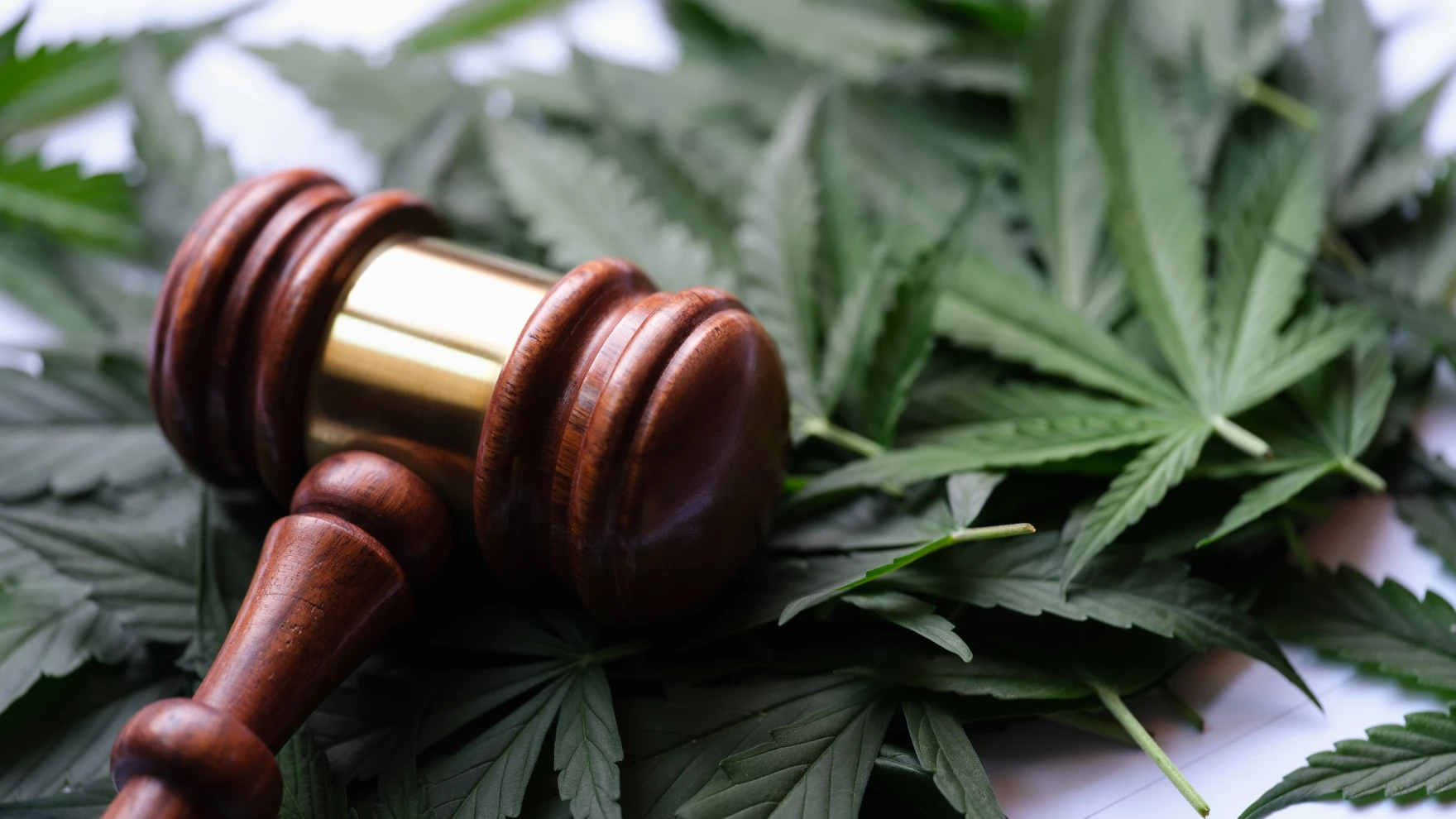Compliant Cannabis Packaging: A Guide to Navigating State Regulations

As the cannabis industry expands, businesses must understand the importance of compliant packaging. Ensuring compliance with state and local regulations is crucial to avoid fines and protect your brand’s reputation.
In this article, we’ll explore the key factors to consider when selecting cannabis packaging to remain compliant and safeguard your business. We will cover the various types of packaging, child-resistant packaging requirements, labeling requirements, and environmental considerations.
Types of Cannabis Packaging
There are several types of packaging available for cannabis products. Understanding the differences between these options is essential for selecting the appropriate packaging to meet regulatory requirements. Here are some of the most common options:
- Barrier Bags: Barrier bags are a popular choice due to their low cost and ability to keep products fresh. These bags are made from various materials, including Mylar and polyethylene. They can also be heat-sealed to create an airtight container.
- Plastic Containers: Plastic jars are another common choice. They offer a sturdy and durable container for various products, such as edibles and concentrates. Many plastic jars come with child-resistant lids to meet regulatory requirements.
- Glass Jars: Glass jars provide an upscale, high-quality appearance for cannabis products. They’re often for premium flower products and incorporate child-resistant lids.
- Pre-Roll Tubes: Pre-roll tubes are specifically for cannabis pre-rolls, providing an airtight container to maintain product freshness. These tubes can be made from various materials, including plastic and glass, and may feature child-resistant caps.
Child-Resistant Packaging Requirements
One of the most critical factors to consider when selecting cannabis packaging is ensuring it meets child-resistant (CR) packaging requirements. These regulations are designed to prevent children from accessing cannabis products accidentally.
CR packaging must meet specific standards set by the Consumer Product Safety Commission (CPSC), including being difficult for children under five years old to open but easily accessible for adults. Some common CR packaging solutions include:
- Push-and-Turn Caps: These caps require users to push down and turn the cap simultaneously to open the container, making it difficult for children to access the contents.
- Squeeze-and-Turn Caps: Similar to push-and-turn caps, squeeze-and-turn caps require users to apply pressure to the sides of the cap while turning it to open the container.
- CR Zipper Bags: These bags feature a specialty zipper that must be engaged from the inside to open the bag, providing a child-resistant solution for barrier bags.
Labeling Requirements
Properly labeling cannabis products is essential to ensure compliance with state and local regulations. Labeling requirements can vary by jurisdiction, but some common elements include:
- Product Identification: The product’s name, strain, and type should be displayed on the label.
- Cannabinoid Content: Labels must indicate the product’s THC and CBD content, typically expressed as a percentage or in milligrams.
- Warning Statements: Most jurisdictions require specific warning statements to be included on cannabis product labels, such as “For use by adults 21 and older” or “Keep out of reach of children.” And the state-specific warning icons.
- Batch and Lot Numbers: Including batch and lot numbers on labels allows for traceability and product recall if necessary. Some states will also require state licensing numbers.
- Manufacturing and Expiration Dates: Listing the manufacturing and expiration dates on labels helps consumers determine the product’s freshness and shelf life.
Environmental Considerations
As the cannabis industry grows, so does its impact on the environment. Many businesses are choosing eco-friendly packaging options to reduce their environmental footprint. Some sustainable cannabis packaging solutions include:
- Biodegradable and Compostable Packaging: Some packaging materials, such as PLA (polylactic acid), are biodegradable and compostable, breaking down naturally over time and reducing the impact on landfills.
- Recyclable Packaging: Packaging made from recyclable materials, such as PET (polyethylene terephthalate) plastic, can help reduce waste and promote a circular economy.
- Reusable Packaging: Encouraging customers to reuse packaging, such as glass jars, can help reduce the amount of single-use packaging waste.
- Sustainable Sourcing: Selecting packaging materials from sustainably managed resources, such as paper or hemp-based plastics, can reduce the environmental impact of cannabis packaging.
Final Word
In conclusion, selecting compliant cannabis packaging involves considering various factors, including the type of packaging, child-resistant packaging requirements, labeling requirements, and environmental considerations. By carefully evaluating these factors, cannabis businesses can ensure that their cannabis packaging meets state regulations while also reducing their environmental impact and promoting a sustainable industry.
